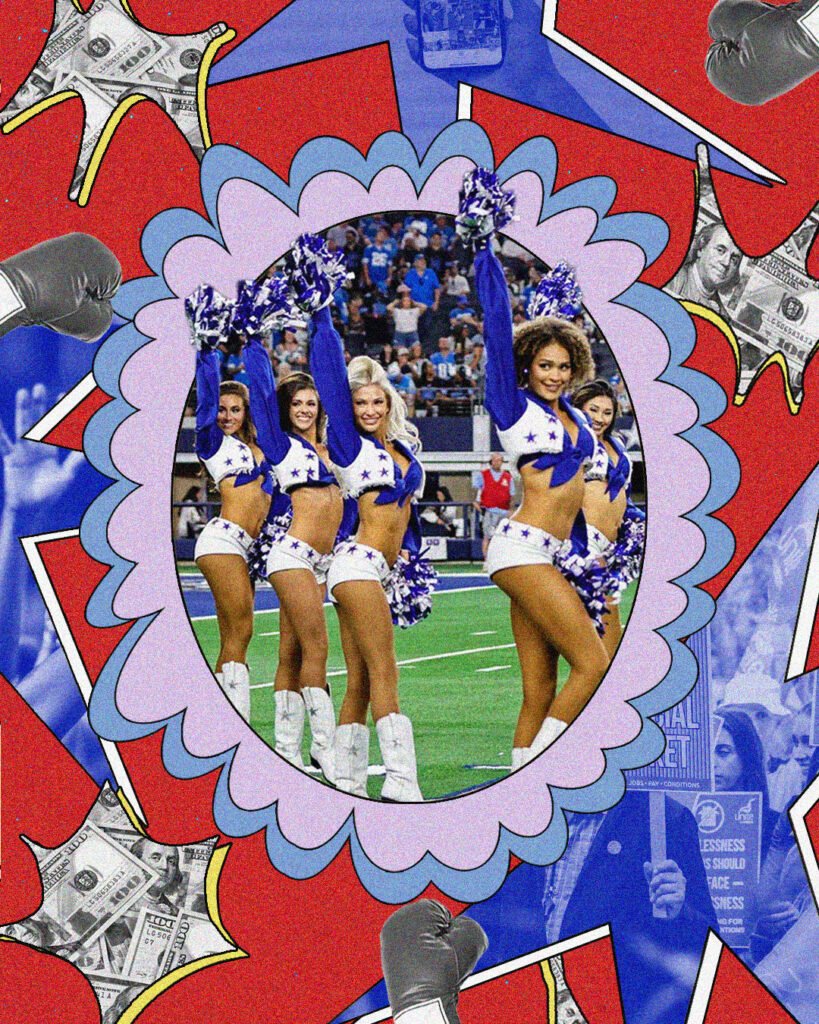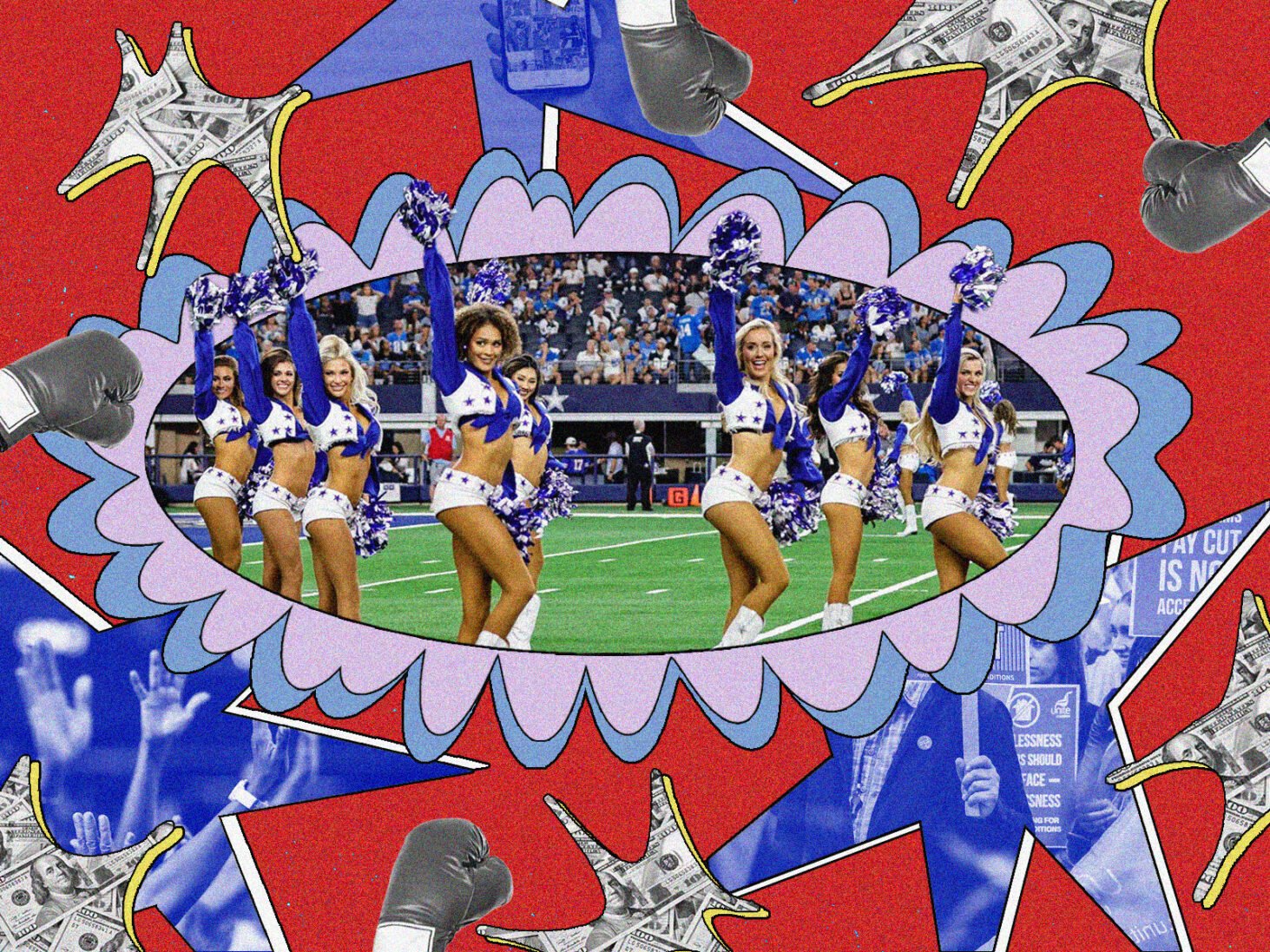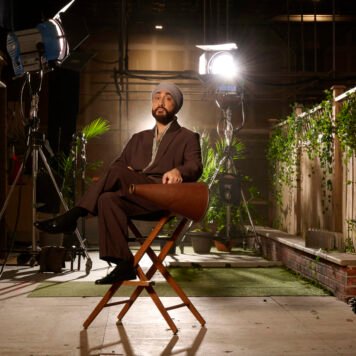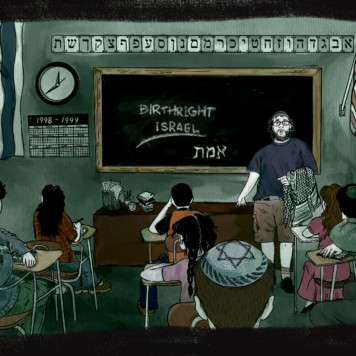This summer, viewers of the hit docuseries America’s Sweethearts tuned in for a second season exploring the lives of the “often imitated but never equalled” Dallas Cowboys Cheerleaders (DCC). The seven episodes, which document the cheerleaders going through auditions, boot camp, and the football season, included yet another exciting storyline – that of the cheerleaders fighting for better pay.
I watched Season 2 reeling from a few months of negotiating with management for job security, a pay rise in line with inflation, and better transparency and accountability within my own organisation. As a union representative in the thick of those discussions, there were times in which I felt like nothing would ever change, that budgetary or funding issues would always mean that workers bore the burden of a real terms pay cut and an additional list of responsibilities to add to their plates. So it was uplifting to find out at the end of the season that the incoming DCC cohort would receive a 400% pay raise – a ‘life-changing’ amount, according to Megan, one of the DCC’s group leaders.
Not all glitz and glamour
Although exact pay rates are not discussed on the show, it’s clear that many cheerleaders are struggling financially. Jada mentions once having an eviction notice on her door because she couldn’t pay her rent during the off season; Kleine works three and sometimes four jobs to make ends meet; Kat compares her compensation to that of a minimum wage Chic-Fil-A worker. This is while the Dallas Cowboys organisation boasts a net worth of over $10 billion, with its owner Jerry Jones worth almost $18 billion.
In addition to their low pay, Dallas Cowboys Cheerleaders are professional athletes who undergo immense physical strain: it turns out that doing jump splits every week will wear down your hips, and in America’s Sweethearts, we see former cheerleaders in braces and crutches after getting hip replacements before they even turn 30.
Cheerleaders have been expected to abide by a code of conduct, give away rights to their likenesses for Dallas Cowboys Cheerleaders calendars, and in all ways uphold the persona of a DCC. During the football season, they can clock in as many as 40 hours a week for their ‘part-time’ cheerleading job. Considering all the cheerleaders’ risks and responsibilities, it’s no surprise that they want to be compensated more.
The long road to fair pay
America’s Sweethearts’ pay negotiations are a chapter in the long struggle for professional cheerleaders to be recognised as athletes and compensated as such. Season 2’s fight has been decades in the making and builds on the lawsuits and efforts by former cheerleaders to improve pay and conditions across the traditionally feminised sector.
In 2018, a former DCC, Erica Wilkins, sued the Cowboys for lost wages and claimed that she had worked hours for which she was not paid. In 2014, the Buffalo Jills (cheerleaders for the Buffalo Bills NFL team) waged a class action lawsuit against the Buffalo Bills organisation for lost wages and were severely disciplined by Bills management who disbanded the entire squad in response.
But unlike the Buffalo Jills’ case, which ended in the suspension of operations and cheerleaders losing their jobs, and unlike the Erica Wilkins case, which stirred up controversy among existing DCC and was settled out of court for an undisclosed amount, this cohort of DCC pushed for a pay raise and won one for the whole team. This pay raise is, according to Kelli Finglass, director of the Dallas Cowboys Cheerleaders and former DCC, “60+ years long overdue.”
What made this time different? And what can we learn from the DCC and apply to our own workplaces, as we agitate for better pay and conditions?
Episode 5: The Happiest Girl In The Whole USA
The global stage of a Netflix docuseries, combined with the creative direction of show creator and director Greg Whiteley, created the conditions for mass support to grow. Let’s take an episode of America’s Sweethearts Season 2 as an example of how Whiteley and the cheerleaders use storytelling to leverage a narrative in favour of a pay raise. Episode 5 begins with the sponsor showcase, in which corporate sponsors of the Dallas Cowboys Cheerleaders unveil their multiple freebies for the squad – including spray tans, haircuts, nail sets, lip fillers, facials – an example of how well the cheerleaders are compensated.
Cleverly, the episode then immediately cuts to discussion around the cheerleaders’ disappointing contracts: “We have a lot of great perks of being on this team. Like, we get our hair services and like spray tans. But at the end of the day, that really doesn’t pay my rent. I have student loans, I’ve got car payments,” says Megan, one of the six cheerleaders spearheading the pay negotiations.
As the cheerleaders explain their struggles of balancing multiple jobs and fulfilling additional responsibilities as group leaders on the squad, we see them decide to contact the legal and HR departments of the Cowboys – those directly responsible for their unsatisfactory contracts. At the same time, football season is fast approaching, and pressure at work ramps up. “Rookies” (1st years) have to settle into their new jobs, houses and lives in Dallas, often miles away from their friends and family, while learning and perfecting new dances.
We then witness the first performance of the 2024-25 Dallas Cowboys Cheerleaders at a pre-season game. This performance of Thunderstruck is as impressive as ever, but the focus is on the stands packed with fans here specifically to see the cheerleaders. The Thunderstruck routine is overlaid with the roar from the crowd, interspersed with commentary from the cheerleaders remarking on the size and energy of the crowd, like nothing they’ve ever witnessed before, especially at a pre-season game.
The episode ends with the cheerleaders on a Zoom call reacting to a frustrating meeting they had with Cowboys’ legal and HR representatives, in which it’s implied that the cheerleaders were made to feel unworthy. They discuss withholding their contracts and potentially staging a walkout in order to escalate their fight.
Mobilising public support
This episode’s narrative arc and the heartfelt confessionals from the cheerleaders allow for two important contrasts to be drawn. First, the episode contrasts the ‘perks’ that cheerleaders receive, which go towards maintaining cheerleaders’ physiques and appearances, with their actual compensation. Message: free botox does not pay the rent.
The episode also contrasts the huge crowds and value that the cheerleaders bring in for the Cowboys organisation, packing a stadium before the football season has officially started, with the belittling way in which the organisation speaks to them. Message: the cheerleaders deserve more than they’re getting. Coming away from the episode, the viewer can’t help but cheer on the DCC as they discuss escalating for better pay.
But while mass support generated from America’s Sweethearts was an impetus for cheerleaders to take action, it also limited the extent to which they were willing or felt able to disrupt the organisation and their performances. The cheerleaders discussed staging a walkout and going on strike but they didn’t follow through because “the dancers were too worried about disappointing fans.”
And everyone who organises in their workplace has to reckon with similar tensions of leveraging public support without alienating it. While a union or group of workers might find it beneficial to take their fight public and add the potential cost of reputational damage to their employer, they must be creative in finding ways to channel this public support in a way that actually advances their struggle.
Going on strike could have alienated DCC supporters, but the cheerleaders could also have engaged the public in different ways – for example, encouraging supporters en masse to email the Cowboys organisation amplifying the cheerleaders’ demands, or working with supporters to stage a visual display at a game which expressed support for better pay. Public support can be a gamechanger for workplace struggles, but it must be harnessed creatively in order to exert the most pressure on an employer.
The Dallas Cowboy Cheerleaders get organised
Ultimately, all the public support in the world will not be effective unless workers inside a workplace are organised and ready to take advantage of it.
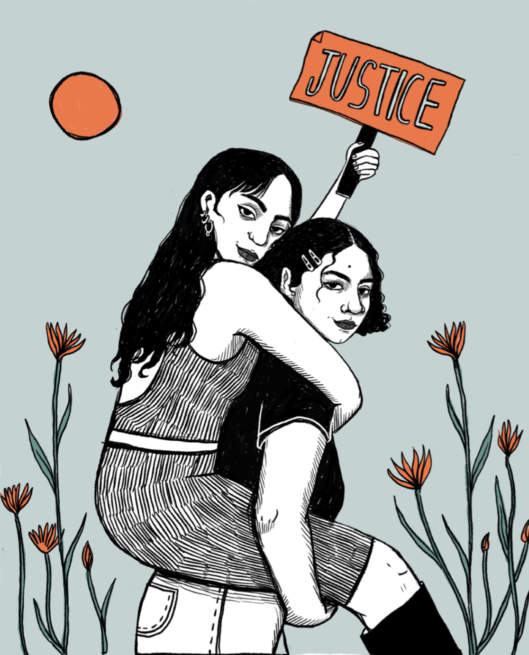
Join our mailing list
Sign up for shado's picks of the week! Dropping in your inbox every Friday, we share news from inside shado + out, plus job listings, event recommendations and actions ✊
Sign up for shado's picks of the week! Dropping in your inbox every Friday, we share news from inside shado + out, plus job listings, event recommendations and actions ✊
The cheerleaders’ identities as existing leaders within the team made it easier for them to be recognised as representatives of the entire team and to chart the path of collective action. In this case, the representatives waging the fight for better pay also happened to be the organic leaders who had been selected as such precisely because of how reliable they were and how much the rest of the team trusted and respected them.
By being so embedded in their workplace and by utilising the existing camaraderie and hierarchical structure within the team, cheerleaders leading the pay negotiations activated the rest of the team in this fight and built strong buy-in for their demands and strategy.
In all workplaces where workers are fighting for change, there is always a lot on the line: in the DCC case, cheerleaders could potentially lose out on a lifelong dream, in other cases, workers could lose out on their entire livelihoods and ability to feed their families. This individualised fear of consequences can stymie collective action. But the antidote is not simply to accept the status quo, it is to get organised and engage in a mass collective effort to change things.
Union strong
There is power, but more importantly, safety in numbers. By taking action as a team, the DCC leveraged their labour power and won better conditions for the next year’s squad. Those leading the negotiations were not singled out and disciplined, because they had the backing of the team. And while they managed to achieve this win as a self-organised group of cheerleaders, there is infrastructure in place to support organised labour – that infrastructure is called a union.
Unions are the most effective way to organise in your workplace, even before your employer has agreed to officially recognise one. Unions have been instrumental in bringing about the eight-hour work day, minimum wage, child labour laws, health and safety improvements, and more. As part of a union, you are able to access support from a wider network of workers struggling for better pay and conditions in their workplaces. These are democratic spaces in which workers are able to elect leadership and hold them accountable. And there are a vast range of legal protections afforded to union members organising in their workplaces, protecting against discrimination based on membership and disciplinaries based on activity.
Fighting for better pay and conditions at work will always come with challenges. Management might try to break the trust that workers have with one another by singling out individuals for disciplinary action or retaliate against worker activity by clamping down on everyone. Within the ranks of workers, there might be some who prioritise their individual security and interest over adding to a collective effort to fight for better.
And through it all, workers will be met with classic arguments like, “This is how it’s always been done,” and “We simply don’t have the money for this.” But these can all be resisted by building labour power through a union. While years of anti-union laws and politicians cozying up to corporate interests have sought to limit the power of the labour movement, this is all because they know how powerful workers can be when they get organised.
Organising to win
Watching the Dallas Cowboy Cheerleaders organise around better pay was like watching a playback of myself and fellow union members strategising around our fights at our workplace. Even though I can’t (and probably shouldn’t!) do a jump split, I saw myself reflected in the cheerleaders’ frustrations and determination to win.
The DCC’s journey to win a pay raise reminded me that despite organising at work often feeling like an uphill battle, the solution is to fight through the fear of consequences by getting organised and protecting yourself (and everyone else) by bringing everyone on board. It is to build strong relationships with your fellow workers and push for change collectively, through a union. The solution is to be bold, buoyed by all the previous successes of organised labour and steadfast in the knowledge that change will happen as long as we are organised and continue to push for it.
We might not see instant results, but the steps we take now can pave the way for workers everywhere to continue the struggle and demand better. The pay raise won by the Dallas Cowboys Cheerleaders does not mean that only future DCC will be compensated better, but has opened up the horizons of what can be achieved in the NFL cheerleading sector and broader world of professional dance. As we go to work, we ought to imitate and equal the Dallas Cowboys Cheerleaders in their resolve to get organised, fight for better, and win.
What can you do?
- Join a union!
- BRITAIN: Support outsourced cleaners at Ernst & Young fighting against redundancies
- BRITAIN: Support housekeepers at Radisson Blu Canary Wharf fighting against exploitative conditions
- BRITAIN: Support NHS facilities workers at St Helier and Epsom hospitals fighting for equal contracts as other NHS staff
- BRITAIN: Donate to the strike hardship fund set up by the IWGB Courier and Logistics Branch
- USA: Support Fenway Park concession workers striking for better pay and to protect jobs from automation
- USA: Support Venice Family Clinic workers fighting for fair pay
Learn more:
- What is the UK Trade Union Movement?
- Podcast: Organizing Against Amazon w/ Chris Smalls and Mars Verrone
- Podcast: Class Struggle and Class War in the US Southeast w/ Cecilia Guerrero
- Documentary: United Voices
- Documentary: A Woman’s Work: The NFL’s Cheerleader Problem
- Book: Lessons in Organising: What Trade Unionists Can Learn from the War on Teachers
